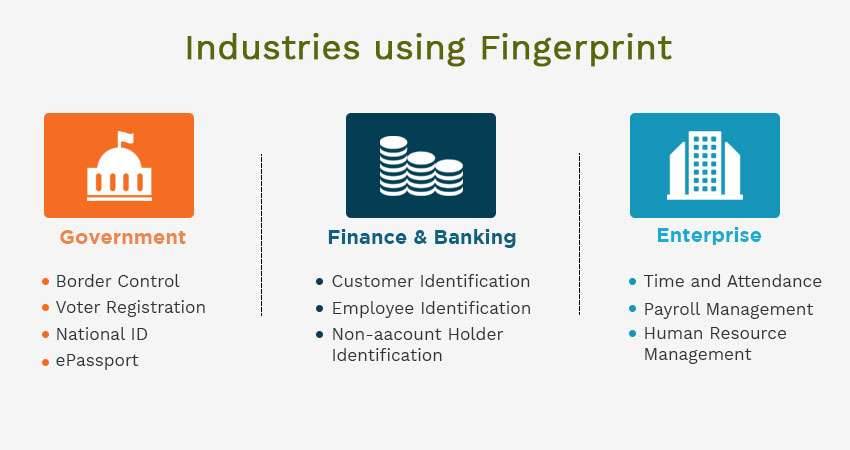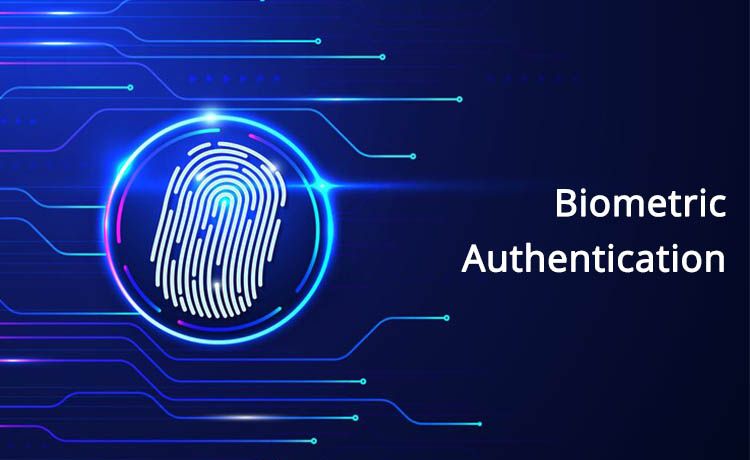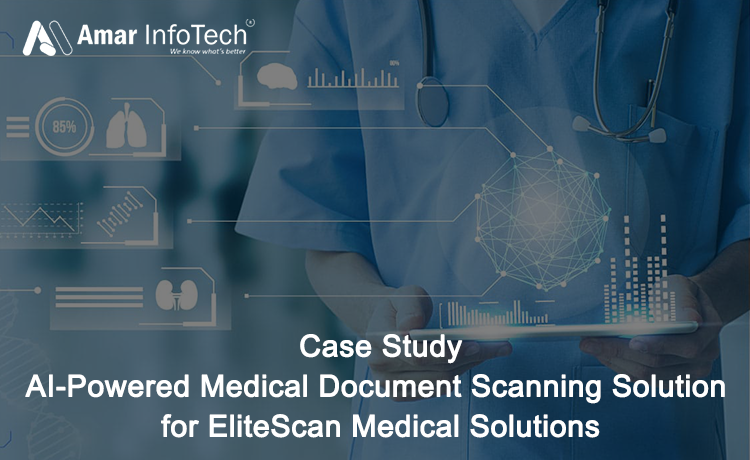What is Biometric Authentication?
Biometric authentication is very popular & Secure authentication nowadays and it is the process of comparing data for the person's characteristics to that person's biometric "template" in order to determine resemblance. Biometric authentication is simply the process of verifying your identity using your measurements or other unique characteristics of your body, then logging you in a service, an app, a device and so on.
Best Example of Biometric Authentication : Aadhar Card Process
The main advantage of Biometric Authentication is to capture an item of biometric data from any person. It can be a photo of their face, a record of their voice, or an image of their fingerprint. This data is then compared to the biometric data of several other persons kept in a database.
Planets Liquor Shop With Biometrics Authentication example of Biometrics Authentication which we have successfully developed.
How is fingerprint biometrics utilized in different sectors?

Government sector: Fingerprint recognition is an ideal biometric technology for both large and small scale government projects. Fingerprint biometrics offers a flexible, scalable and accurate digital identification solution for various government applications such as border control, national identification cards, voter registration and ePassports.
Banking sector: Banks gain a substantial benefit by implementing fingerprint biometrics. Banks and other financial institutions need to protect customer financial data and provide safe and easy transaction for customers. Customers can easily access services at bank branches with a fingerprint swipe and it also links each transaction to the customer. Only authorized employees can gain access to sensitive information using their fingerprint and it also creates a concrete audit trail of each transaction.
Workforce management sector: Organizations can eliminate employee time theft and reduce payroll inflation by incorporating fingerprint biometrics in their time and attendance systems. Automated recording of employee’s check-in and check-out times is possible with a fingerprint attendance system. The employee needs to be actually present to clock-in at work and thus a fingerprint system eliminates the possibility of buddy punching. Fingerprint time and attendance systems increase employee productivity and encourage accountability by creating a concrete audit trail of employee transactions.
Improved security
Improved customer experience
Cannot be forgotten or lost
Reduced operational costs
Advantages of biometric systems:
Environment and usage can affect measurements
Systems are not 100% accurate.
Require integration and/or additional hardware
Cannot be reset once compromised
Disadvantages of biometric systems:
Conclusion
The next 365 days promises a lot of improvement in biometric technology. In addition to the all the sectors discussed in the article, Government sector, Banking sector and Workforce management sector – as well as many others – are already enjoying the technology, and will have to be ready to keep up with the new packages inventors have for all of us.
































